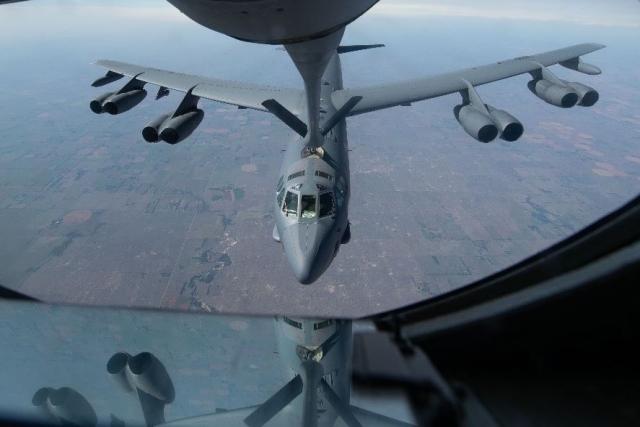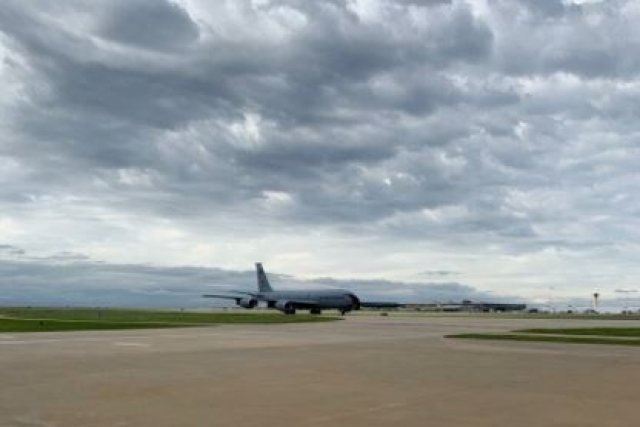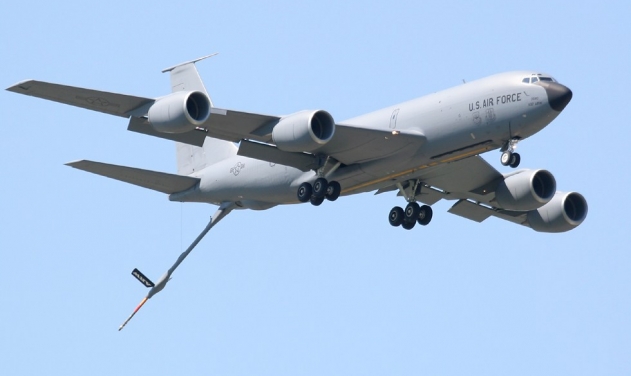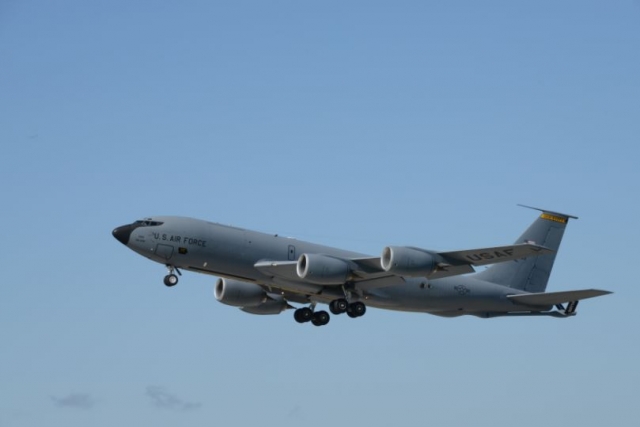KC-135 Aerial Tanker Added with Command & Control Capabilities

During the recent Northern Edge 2023 exercise, the KC-135 Stratotanker was equipped with new command and control capabilities, marking a departure from its traditional 50-year role of providing fuel support to military aircraft during operations.
Equipped with the Tanker Intelligent Gateway (TIG) system from Collins Aerospace, an RTX business, the KC-135 demonstrated its capability to bridge disparate networks, both within and beyond the line of sight, during this exercise. This Intelligent Gateway uses data from sensors to make decisions.
Military sensors are getting smarter, but they're generating a lot of data. To handle this, different military devices must be able to share information, even if they weren't meant to work together.
To address this issue, the Intelligent Gateway system transforms disconnected platforms into connectivity hotspots for data to pass through. During Northern Edge, for example, the Intelligent Gateway, combined with a battlespace command-and-control center capability, demonstrated how the KC-135 could serve as a command-and-control node for conducting battle management and dynamic targeting.
This modified KC-135, provided by the Utah Air National Guard, flew alongside the Multi-Program Testbed, a modified Boeing 727 equipped with advanced sensors by Raytheon (also an RTX business) during the exercise. In this joint operation, the KC-135 transferred targeting data on simulated threats at the tactical edge, showcasing its newfound command and control capabilities.
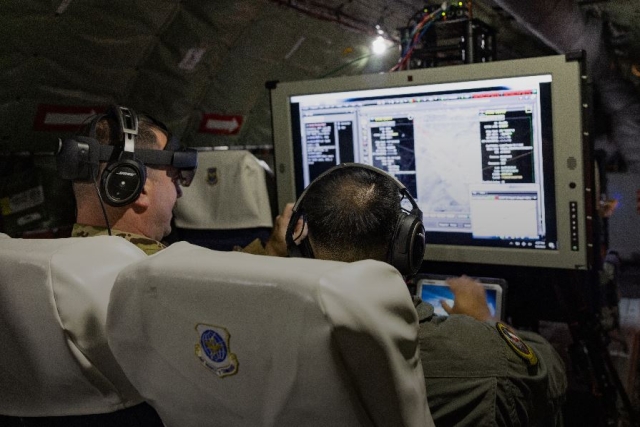
Major Mike Starley, Air National Guard Air Force Reserve Command Test Center KC-135 test detachment director, highlighted the significance of this advancement, stating, "We only have so many surveillance aircraft available, and in a theater as large as the Indo-Pacific, there are going to be many areas with no command and control. However, we will always have a tanker present. Now we can take full advantage of all that available space and utilize the KC-135, which is already engaged in the fight, for command and control."
The Multi-Program Testbed demonstrated the ability to collect intelligence data from multiple sources, referred to as multi-INT, while also showcasing the synchronization and prioritization of data using artificial intelligence and machine learning. This streamlined data analysis and enhanced situational awareness for military aircraft.
The testbed carried advanced processing software called Nimbus Rush, along with AI-enabled machine-to-machine communications that prioritized multi-INT data and distributed it to multiple aircraft, including the KC-135 Stratotanker, C-17, and C-130 transport aircraft. This data provided these aircraft with greater awareness of simulated threats.
